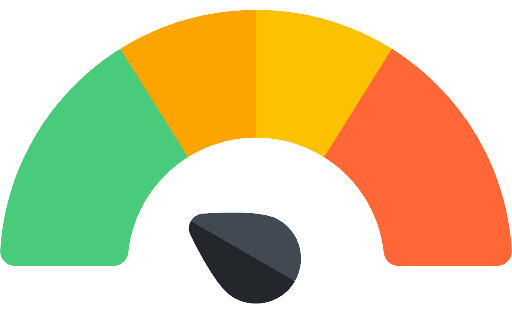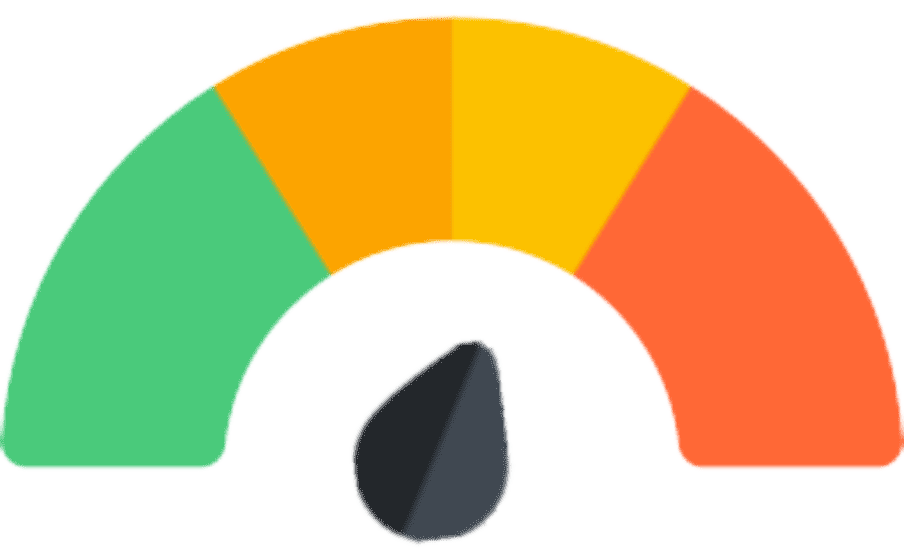ZONISAMIDE
THERAPEUTICS
Class
- Anticonvulsant, voltage-sensitive sodium channel modulator; T-type calcium channel modulator; structurally a sulfonamide
ZONISAMIDE commonly prescribed for
(Bold for FDA approved)
 How ZONISAMIDE works
How ZONISAMIDE works
• Unknown
• Modulates voltage-sensitive sodium channels by an unknown mechanism
• Also modulates T-type calcium channels
• Facilitates dopamine and serotonin release
• Inhibits carbonic anhydrase
How long until ZONISAMIDE works
• Should reduce seizures by 2 weeks
• Onset of action as well as convincing therapeutic efficacy have not been demonstrated for uses other than adjunctive treatment of partial seizures
SIDE EFFECTS
 Notable Side Effects
Notable Side Effects
• Sedation, depression, difficulty concentrating, agitation, irritability, psychomotor slowing, dizziness, ataxia
• Headache
• Nausea, anorexia, abdominal pain, vomiting
• Kidney stones
• Elevated serum creatinine and blood urea nitrogen
 Life Threatening Side Effects
Life Threatening Side Effects
• Rare serious rash (Stevens–Johnson syndrome, toxic epidermal necrolysis) (sulfonamide)
• Rare oligohidrosis and hyperthermia (pediatric patients)
• Rare blood dyscrasias (aplastic anemia; agranulocytosis)
• Sudden hepatic necrosis
• Sudden unexplained deaths have occurred (unknown if related to zonisamide use)
• Rare activation of suicidal ideation and behavior (suicidality)
weight gain

unusual
sedation

common
What to do about ZONISAMIDE side effects
• Wait
• Wait
• Wait
• Take more of the dose at night to reduce daytime sedation
• Lower the dose
• Switch to another agent
DOSING AND USE
usual dosage range
• 100–600 mg/day in 1–2 doses
 Dosage Forms
Dosage Forms
• Capsule 25 mg, 50 mg, 100 mg
long term use
• Safe
• Consider periodic monitoring of blood urea nitrogen and creatinine
habit forming
• No
SPECIAL POPULATIONS
 Renal Impairment
Renal Impairment
• Zonisamide is primarily renally excreted
• Use with caution
• May require slower titration
 Hepatic Impairment
Hepatic Impairment
• Use with caution
• May require slower titration
 Cardiac Impairment
Cardiac Impairment
• No specific recommendations
 Elderly
Elderly
• Some patients may tolerate lower doses better
• Elderly patients may be more susceptible to adverse effects
 Children and Adolescents
Children and Adolescents
• Cases of oligohidrosis and hyperthermia have been reported
• Not approved for use in children under age 16
• Use in children for the expert only, with close monitoring, after other options have failed
 Pregnancy
Pregnancy
• Effective June 30, 2015, the FDA requires changes to the content and format of pregnancy and lactation information in prescription drug labels, including the elimination of the pregnancy letter categories; the Pregnancy and Lactation Labeling Rule (PLLR or final rule) applies only to prescription drugs and will be phased in gradually for drugs approved on or after June 30, 2001
• Controlled studies have not been conducted in pregnant women
• Use in women of childbearing potential requires weighing potential benefits to the mother against the risks to the fetus
• Antiepileptic Drug Pregnancy Registry: 1-888-233-2334, www.aedpregnancyregistry.org
• Taper drug if discontinuing
• Seizures, even mild seizures, may cause harm to the embryo/fetus
• Lack of convincing efficacy for treatment of conditions other than epilepsy suggests risk/benefit ratio is in favor of discontinuing zonisamide during pregnancy for these indications
 Breast Feeding
Breast Feeding
• Unknown if zonisamide is secreted in human breast milk, but all psychotropics are assumed to be secreted in breast milk
• Recommended either to discontinue drug or bottle feed
• If drug is continued while breast feeding, infant should be monitored for possible adverse effects
• If child becomes irritable or sedated, breast feeding or drug may need to be discontinued
Based on data Published online by Cambridge University Press
Compiled by Dr. Jash Ajmera